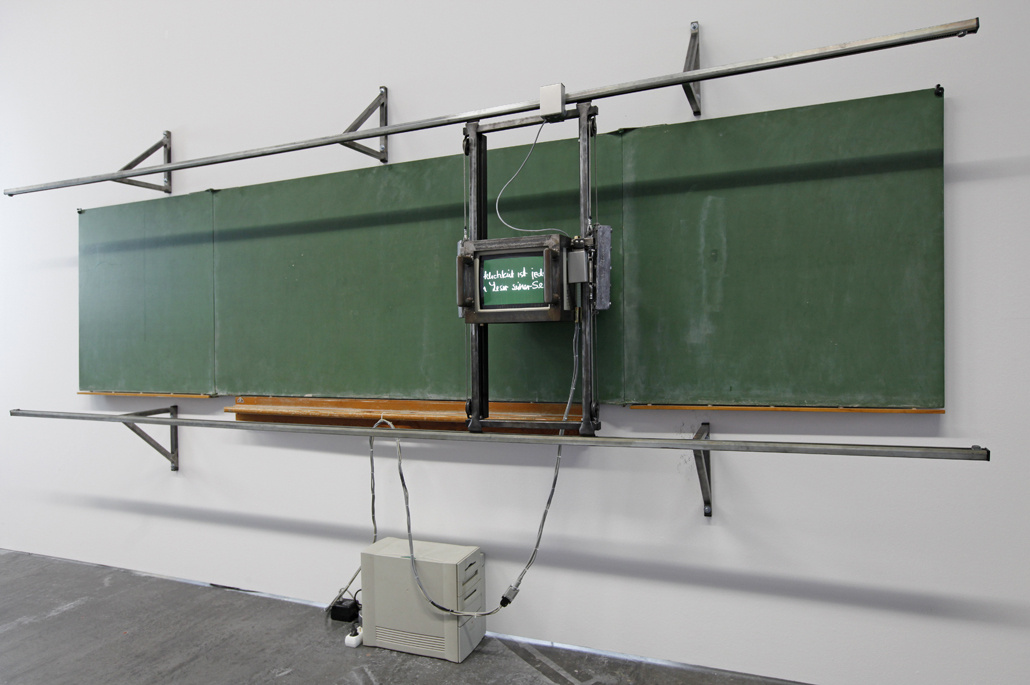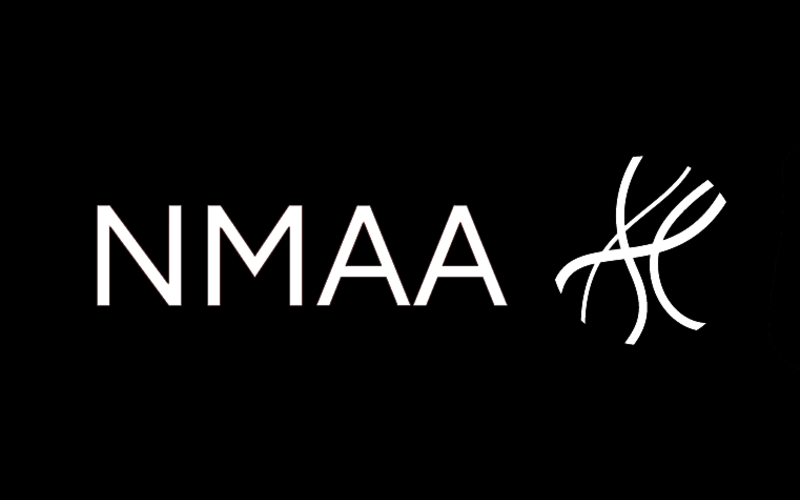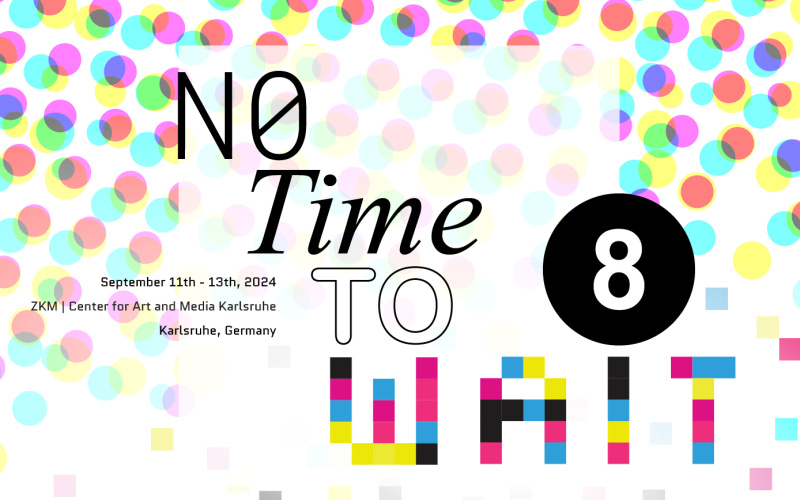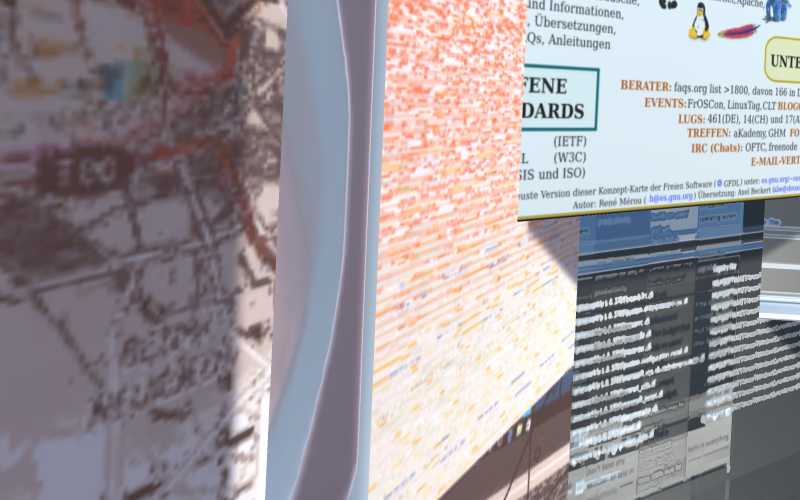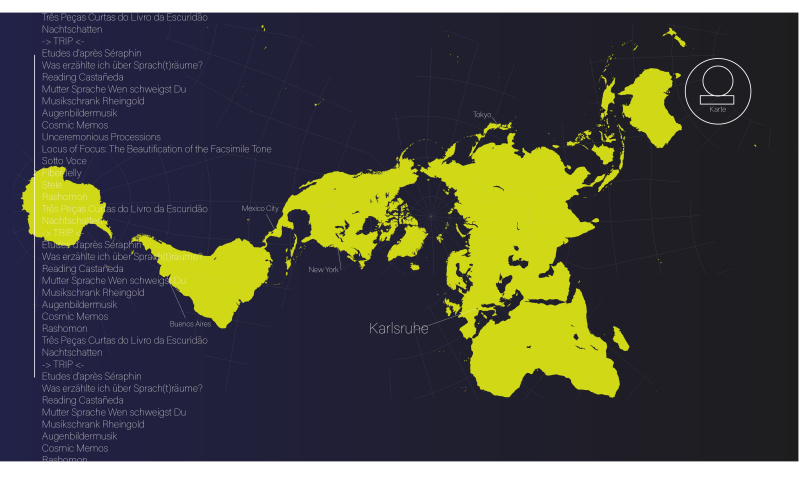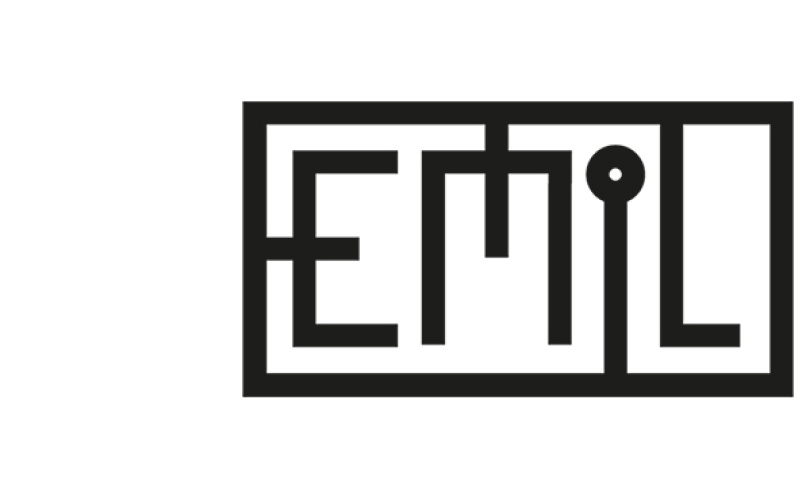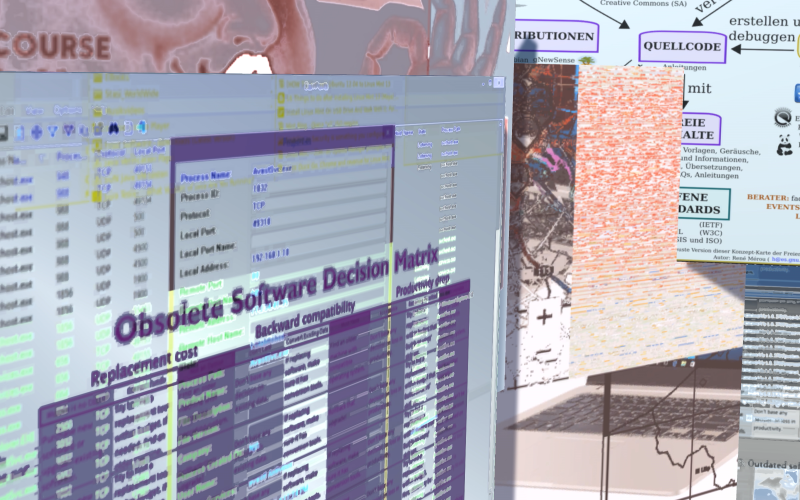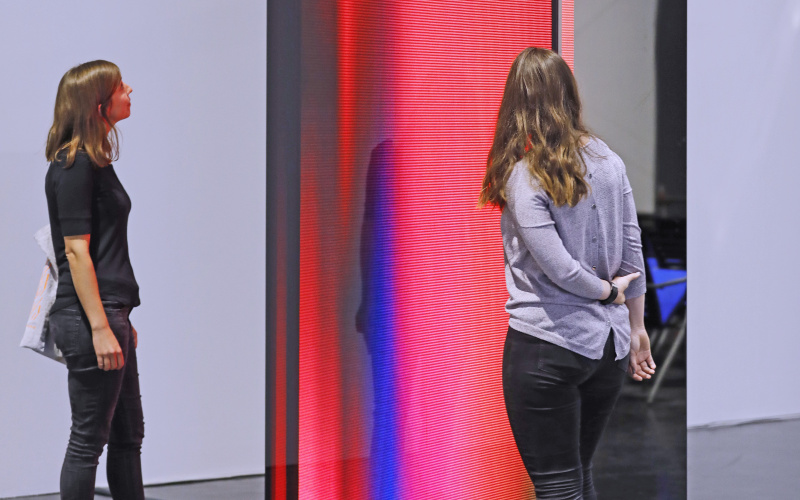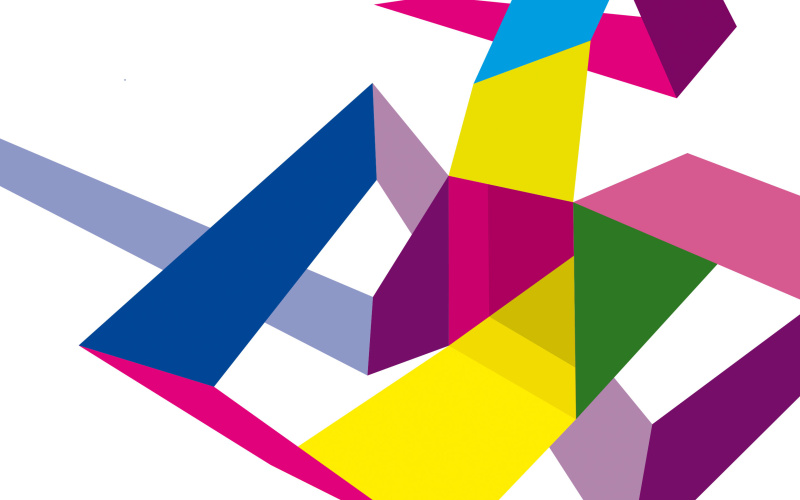Conservation of Media Art
The ZKM | Karlsruhe has been internationally esteemed as a competence center in the field of media art conservation for many years. This is largely due to the work it carries out preserving its comprehensive collection of video art works, sound art, and interactive art.
The ZKM has been able to develop outstanding expertise in all fields relevant to the conservation of media art through the daily upkeep of countless works of media art and external collections; its seminal guest-artist program, which has led to the production of hundreds of works since 1989; its Laboratory for Antiquated Video Systems, active since 2004; as well as its large-scale research projects.
The experience with media art conservation has been documented, discussed, and handed down to a specialist audience via numerous publications.
Initiated in 2010, the international research project digital art conservation has made essential contributions to the restoration of digital art. The project’s goal is to develop strategies and conservators,public museums, and private collections, testing whether the strategies are sensible and feasible.
Only recently have we become aware of the significance for media art, of the rapid renewal of hardware and software. Within just a few years, even with the best possible maintenance, the technical components of a work of media art become defect, obsolete, no longer compatible, and replacements are no longer available. Every further development of hardware and software brings with it a change, or even loss with respect to the possibility of presenting a work. The resulting short »shelf life« of digital artworks renders the hitherto valid collection criteria of longevity, authenticity and intrinsic value, absurd, and demands adaptations in curating and preserving practices which necessitates a basic reevaluation of the four main tasks of collections and museums – collecting, preserving, research, and communication.
The ZKM responds to these changed demands on conserving art with various strategies and structures. In order to present art works in the original form chosen by their creators for as long as possible, after precise, comprehensive documentation, often in collaboration with the artists, historical hardware (recording equipment, computers, storage media, tube monitors, etc.) is systematically collected, maintained, and stored for future usage. At the same time, systematic preparation of the works' migration to contemporary computer systems and software is carried out.
Through the daily maintenance necessary for an exhibition, technical problems are rapidly identified, analyzed, and responded to with practicable solutions. In close consultation with the curator and the restoration team, technicians from diverse specialist fields (audiovisual technology, software, interface and control technologies) assume responsibility for the maintenance and repair of the exhibited works. Criteria for visitor safety and conservation are accounted for already during the planning and creative phases of new works, as well as in the design and construction phase of exhibitions. Works that can, in part, no longer be preserved, are comprehensively restored, and, in certain cases the work in question is reproduced in collaboration with the artist or artists. The experience thus acquired is then systematically documented in various databanks; and compared and supplemented in dialogoue with expert colleagues from institutions throughout the world. This also occurs with the frequent loans of single works and complex exhibitions at international institutions, whereby the works are accompanied, constructed and maintained by ZKM technicians.
Literature
- Christoph Blase, Peter Weibel (ed.), RECORD > AGAIN! 40jahrevideokunst.de – Teil 2 / 40yearsvideoart.de – Part 2, ZKM | Karlsruhe, 2010 (DVD-Edition, 12 DVDs and 3 Booklets, German/English)
- Christoph Blase, Peter Weibel (ed.), RECORD > AGAIN! 40jahrevideokunst.de – Teil 2 / 40yearsvideoart.de – Part 2, ZKM | Karlsruhe, Hatje Cantz, Ostfildern, 2010
- (536 pages, numerous illustrations, DVD, German/English)
- Bernhard Serexhe (ed.), Theory and Practice in the Conservation of Digital Art, AMBRA, Vienna, 2013 (in German, French and English)
Author: Bernhard Serexhe
